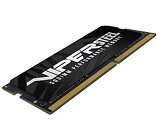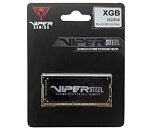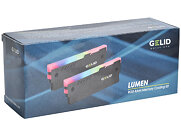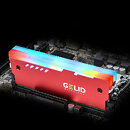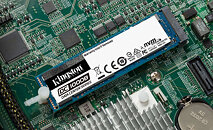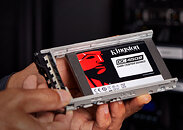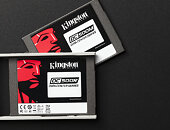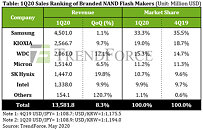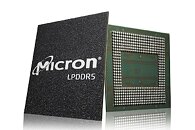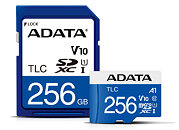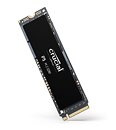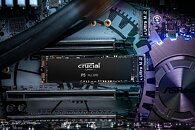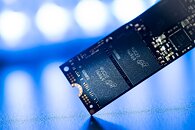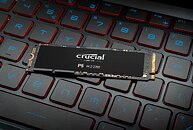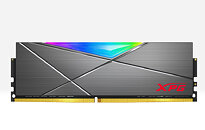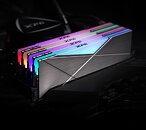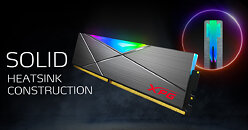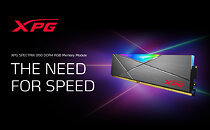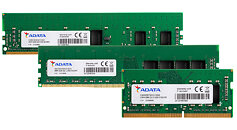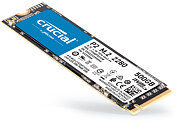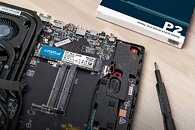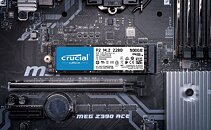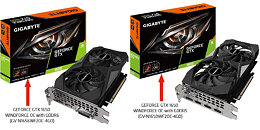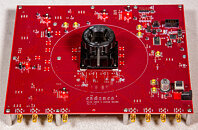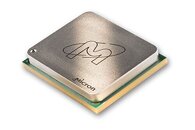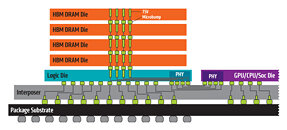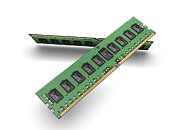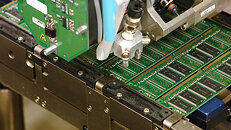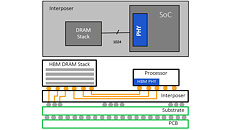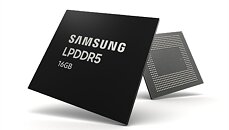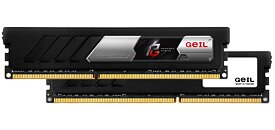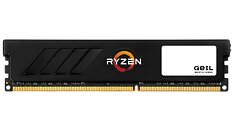
Patriot Viper Gaming Announces 32GB VIPER STEEL SODIMMs and UDIMMs
VIPER GAMING by PATRIOT, a trademarked brand of PATRIOT and a global leader in performance memory, solid-state drives, and flash storage solutions, is excited to announce the launch of their new 32 GB memory modules into the VIPER STEEL SERIES DDR4 PERFORMANCE MEMORY. The new 32 GB modules are available in both UDIMM and SODIMM. The frequencies from 3000 MHz to 3600 MHz are available for UDIMM and the frequencies from 2400 MHz to 3000 MHz for SODIMM. The new modules are built from rigorously tested memory chips and components on a ten-layer PCB for optimum performance in gaming desktops and laptops.
The VIPER STEEL provides extra gaming performance and stability for the most demanding desktop and laptop environments across the latest Intel and AMD platforms. The VIPER STEEL modules bring Intel XMP 2.0 performance to the next level by offering hardcore gamers and enthusiasts the possibility to upgrade their gaming systems with more DRAM memory capacity and further extending their potential.
The VIPER STEEL provides extra gaming performance and stability for the most demanding desktop and laptop environments across the latest Intel and AMD platforms. The VIPER STEEL modules bring Intel XMP 2.0 performance to the next level by offering hardcore gamers and enthusiasts the possibility to upgrade their gaming systems with more DRAM memory capacity and further extending their potential.
